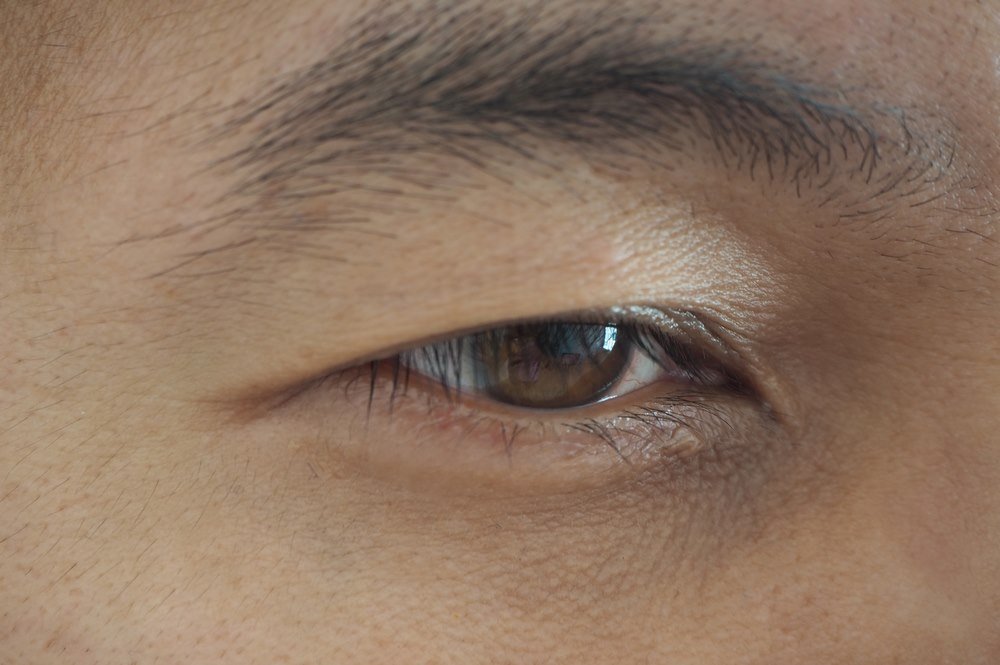Symptoms Of Myasthenia Gravis

Symptoms of Myasthenia Gravis
The onset of the myasthenia gravis might be sudden so the signs and symptoms might go unnoticeable at the beginning stages. The initial symptoms of myasthenia gravis in majority of the people is frailty of the eye muscles that usually leads to double vision, blurred vision, and drooping of the eyelids. While other people might suffer signs of slurred speech and swallowing problems. The severity of muscle weakness due to myasthenia gravis differs greatly among people, ranging from an isolated form limited to eye muscles weakness to a generalized form which is quite severe and involves numerous muscles. [3]
The severe form of muscular weakness leads to shortness of breath that might require ventilation and creates a medical emergency requiring an immediate medical assistance. Following are the 15 symptoms of myasthenia gravis:
Dropping of eyelids (Ptosis)
Patients having the ocular type of myasthenia gravis might also experience drooping in one or both eyelids which is mainly due to the weaker eye muscles. Drooping of eyelids is a condition known as Ptosis which also causes difficulties in focusing a person’s vision on a thing. The weakness of eyes muscles in ocular myasthenia gravis often causes the difficulties with the upward movement of eye at first and then either drooping of one eyelid or both. The drooping of both eyelids is known as bilateral Ptosis while drooping of one eyelid is known as unilateral Ptosis. Unilateral Ptosis or facial drooping is more common that occurs due to the changing muscle weakness. Ptosis usually occurs due to the disturbances in the levator palpebrae superioris (LPS) complex which changes the stability of eye movements.
